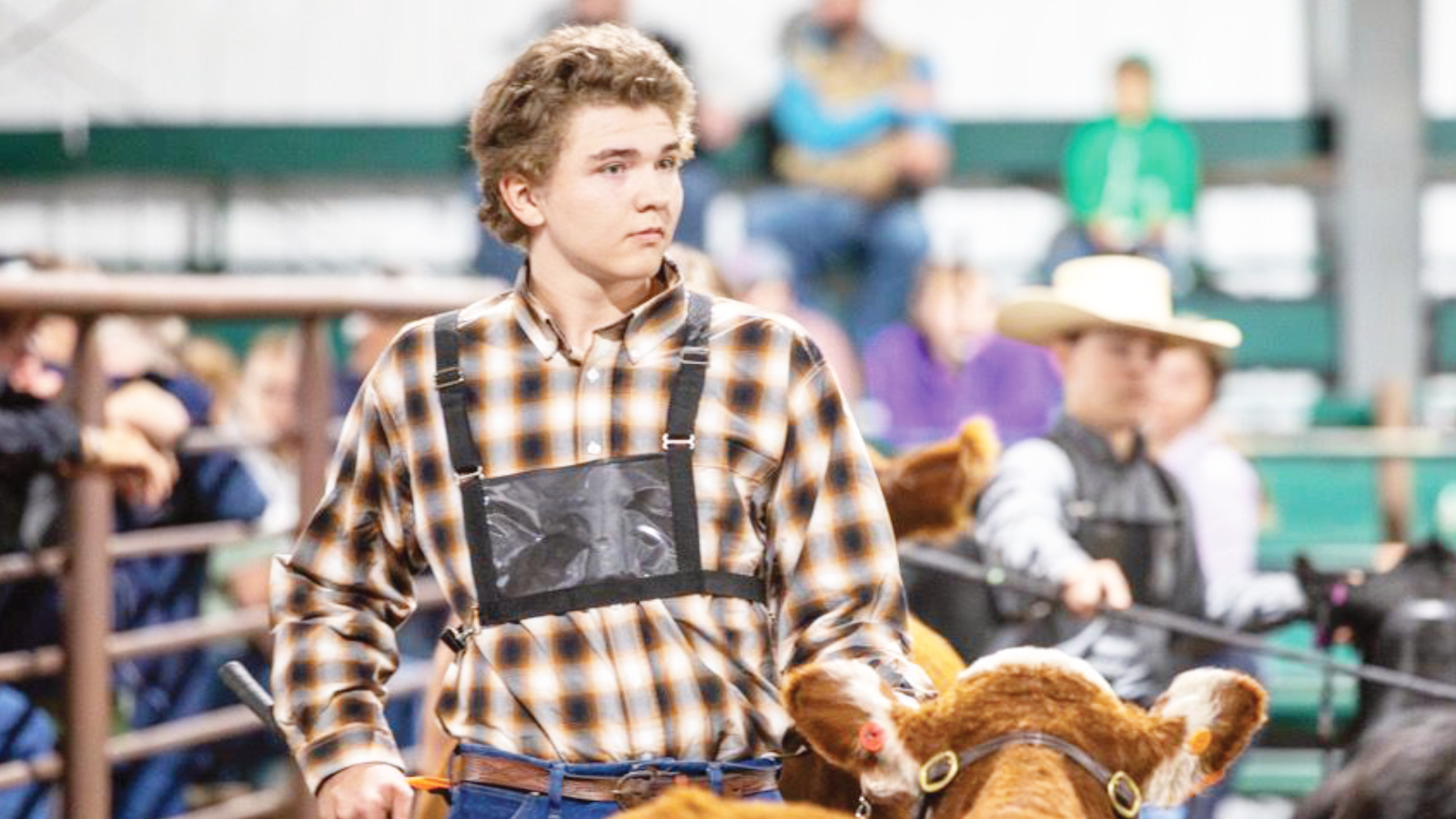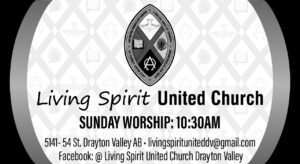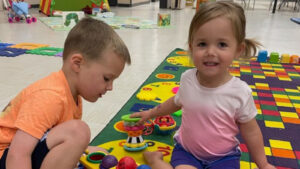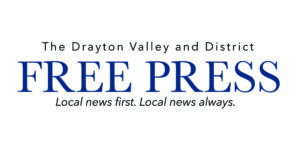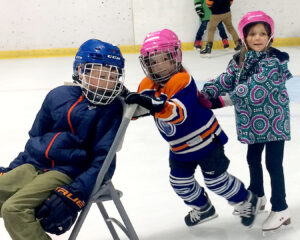One local youth has seen his hard work with 4-H pay off after being selected as one of 12 youth to show their steers at the 2025 Calgary Stampede Junior Steer Classic.
Hunter Harris is a third generation 4-H member and has been part of the organization since he was 12 years old. Not only does he show cattle for 4-H, he’s also been entering open shows for the past two years. He says showing cattle is just a natural extension of his life as the son and grandson of farmers.
“I think it’s really important to know where your food comes from and I really enjoy showing,” says Harris. He says he also feels like he’s staying true to his heritage working in agriculture, which he is something he is proud of and wants to continue doing.
As an ambassador, Harris got his choice of steer from the OH Ranch this month. At the next Calgary Stampede, he will bring that steer back to show in the Calgary Stampede Junior Steer Classic under a special category for OH Beef.
He says being chosen as an ambassador is an honour and he’s excited to use the opportunity to help educate people about the importance of the industry.
“I think it means putting myself out there and trying to put out a positive image for both the Calgary Stampede and the beef industry as a whole,” says Harris. “As an ambassador, I feel I have the responsibility to try and promote the show world, the beef industry, and this way of life as much as I can.”
Beef showing a competitive sport
He says there is a lot of work that goes into showing and that he considers it a competitive sport, no different than horse showing or dog showing. Each year, Harris works with the steer or heifer he’s chosen. He’s responsible for feeding it, grooming it, and training it, which means spending time with it nearly every day for more than half a year.
“You’ve got to put in a ton of time. You have to be able to halter break it and get it tame,” says Harris. “There’s a process of training it to stand a certain way, how to respond to certain cues when you’re pulling on their halter, and how they should lead and behave in the show ring.”
It’s also important to put time into research about the proper feed for the steer. Harris says the type of food they are fed will greatly impact the standing in competition as well as the sale of the steer for butcher. He says there is a certain balance between fat and muscle that needs to be kept to make good meat.
At the show, all of the cattle get a fitting from the competitors to make sure they look their best when in the ring.
“It’s kind of like hairstyling, but for cows, in a sense,” he says.
Fitting involves cleaning the cow, blow drying them, clipping them, brushing tufts and styling them in certain ways to make the cow look its best in the show.
“It kind of brings out the best traits in them so they look like a better market animal,” he says.
Harris says he plans to attend more open shows this year and hopefully have the opportunity to help educate people about the industry. In the past, he’s spoken with young spectators at events who come up to see his cow and shared a little bit about the importance of the event.
“I just wanted to make sure they were enjoying themselves and that they learned something,” says Harris. “The ladies that were showing [the children] around were learning stuff, too. I think it’s really important to try and connect with everyone on all levels and tell them what an amazing sport it is and how important it is.”
He says that sometimes it can be sad to see the cow go after working with it for so long. But Harris says it’s important for him to remember why he is doing it in the first place, and that families will be fed well because of his efforts.
While Harris is still contemplating what the future could hold for himself in terms of a career, he’s pretty certain that he will likely end up working with cattle and in the agriculture industry. He’s already been working on building up his own herd with his time and money, and a little bit of help from his family. He feels that this will give him a headstart in life and also makes a good choice as an ambassador.
“My parents have been extremely supportive of it, and they’ve helped me out a ton,” he says.
Harris believes his experience in working with his herd makes him more knowledgeable about the industry. He’s been learning about the traditions and the work that goes into maintaining a herd, including breeding, feeding, and the general well-being of the animals.
“I think that makes me a better showman and in a better position to be an ambassador,” he says.
Those who wish to know how Harris’ steer holds up to the other 11 ambassadors will have to wait until the July 2025 Calgary Stampede or hope to catch him at one of the several shows he plans to attend.

